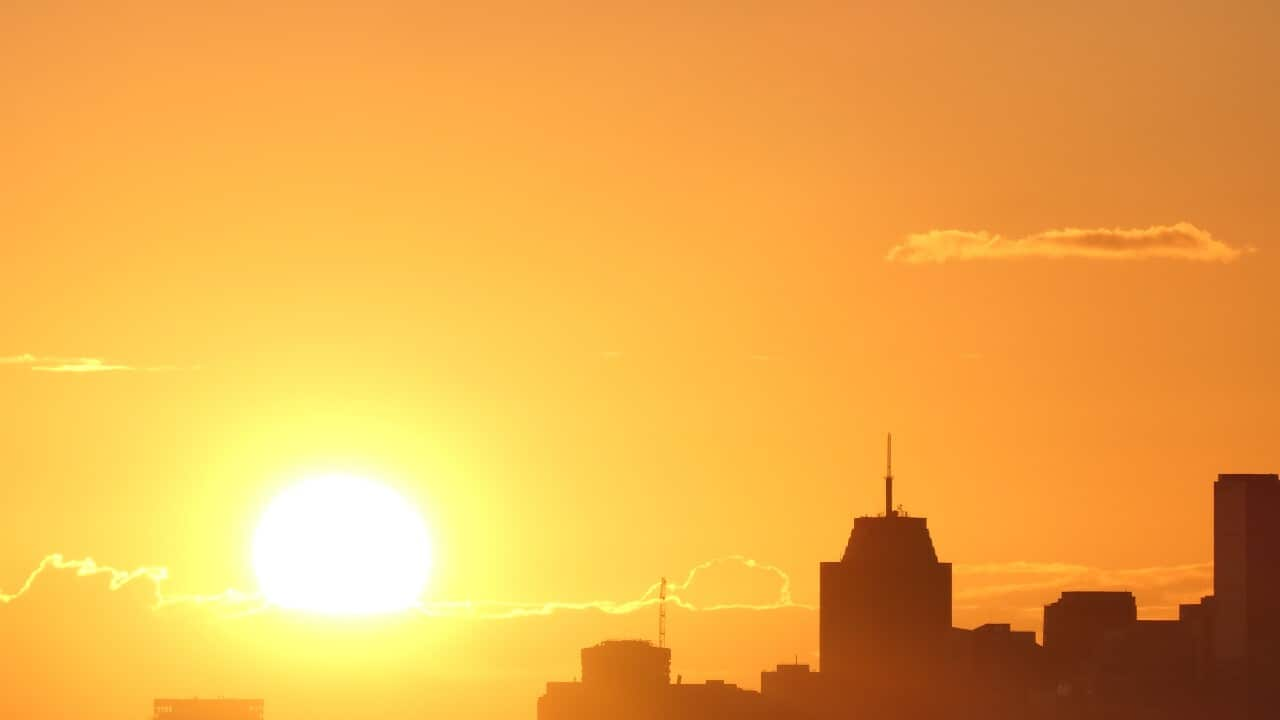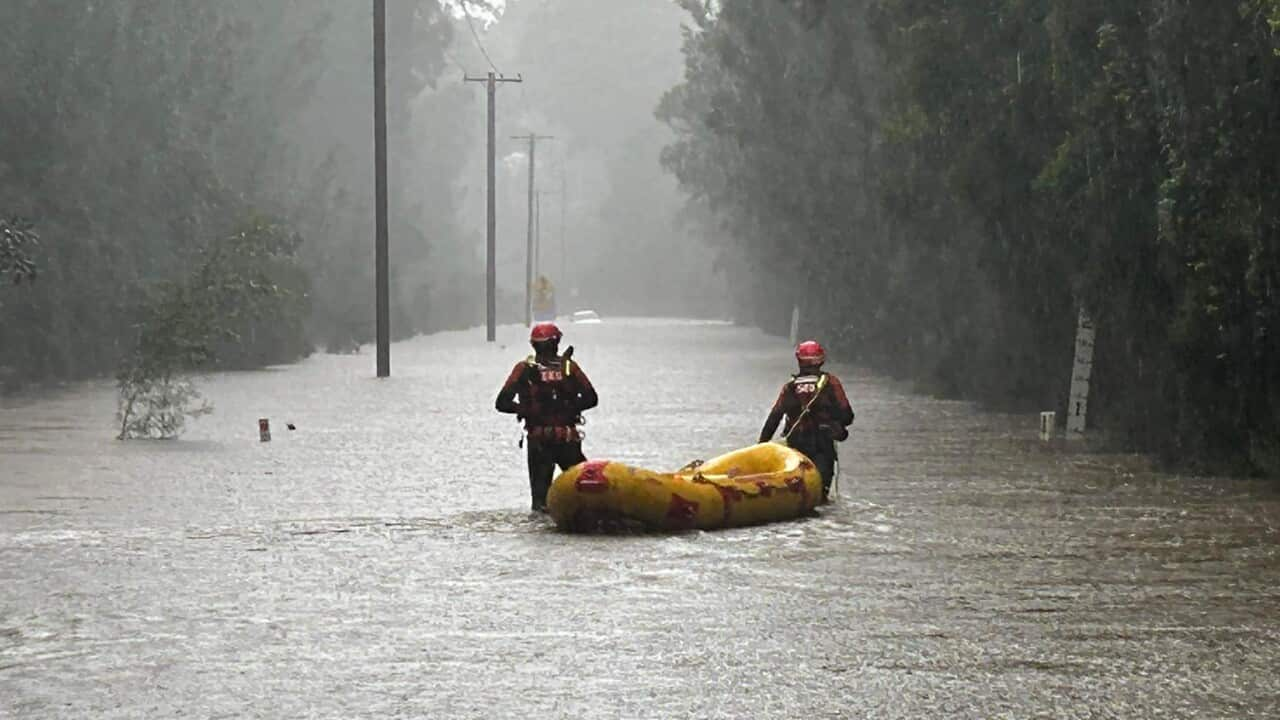Western Sydney recorded temperatures of 41 degrees Celsius on Tuesday, marking the hottest day in the region since December 2023.
“It’s ridiculous,” said a Penrith local.
“It just keeps getting hotter every year, I feel like I’m on the face of the sun.”
The heat has reignited discussion about the city’s climate inequality.
“Because of [Sydney's] proximity to the ocean and water bodies, there are eastern sides of the city that are really benefiting from the sea breeze,” urban climatologist Dr Negin Nazarian told SBS Examines.
"The temperature in those areas is consistently lower than Western Sydney.”
She believes the significant urban development and a steep increase in population as people move west for cheaper living is contributing to the heat.
Climate scientist and climate change adaptation expert, Professor Nigel Tapper told SBS Examines the hottest areas of cities are usually populated by “the most vulnerable”.
He said these areas are “lacking” vegetation and green spaces which means heat is trapped at ground level day and night.
LISTEN TO

Is the cost of living affecting social cohesion?
SBS English
26/08/202404:58
The absence of the sea breeze enjoyed by Sydney’s coastal suburbs denizens further exacerbates this issue, preventing the region from cooling.
Dr Lai Heng Foong, a senior emergency physician at Bankstown Hospital, believes that Western Sydney’s urban design is unfit for a region that is so hot.
“Southwest Sydney is very much disproportionately affected by heat compared to other coastal suburbs,” she said.
“Houses are very close together without much greenery. There’s certainly no kind of [heat] mitigation that’s been factored in building these houses with black roofs.”
What is a 'heat island'?
This urban design has induced what is known as a ‘heat island’ effect.
According to Peter Crank from the University of Waterloo, a heat island is caused by a lack of natural surfaces.
“What's causing that fundamentally is that we are replacing natural surfaces with things like asphalt and concrete, glass and metal, which trap heat and release heat at different rates than natural surfaces,” he said.
As a result, Western Sydney residents are left to endure sweltering temperatures that have increased steadily in recent years.
As temperatures continue to rise, Dr Foong is concerned about how to address Western Sydney’s heat.
We can't continue business as usual. It needs a rethink.
“The biggest thing that need to change is a focus on communities, because the community is the one who will suffer,” she said.
“With more community education, people will understand that this is actually a problem that has the capacity to kill you and to make you very sick.”
LISTEN TO

Is immigration worsening the housing crisis?
SBS English
15/07/202405:09









